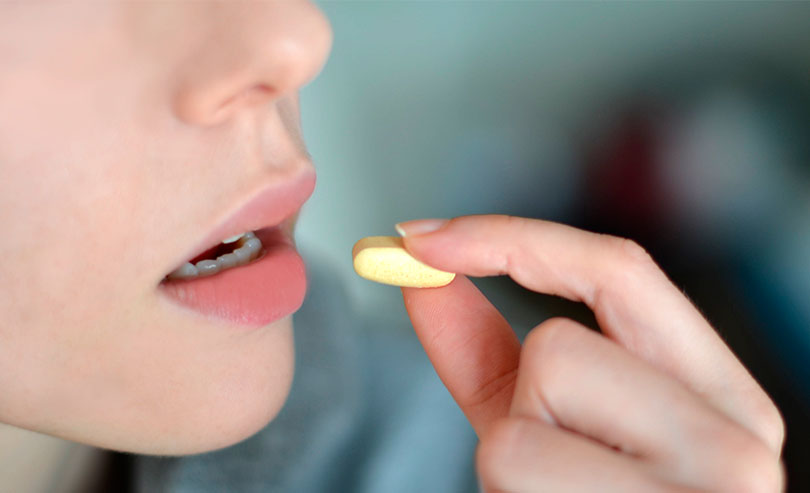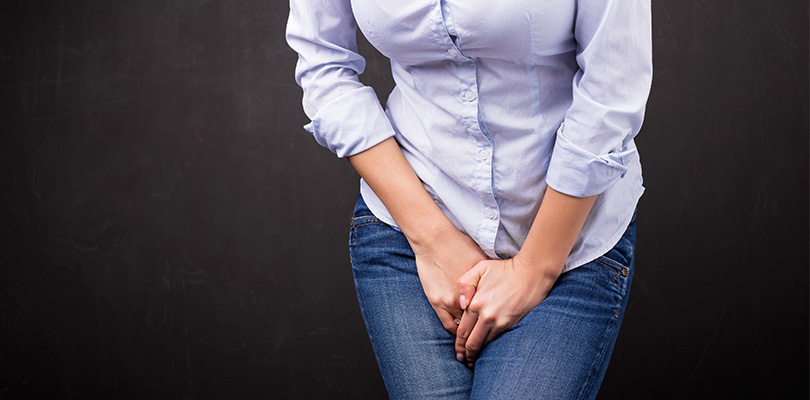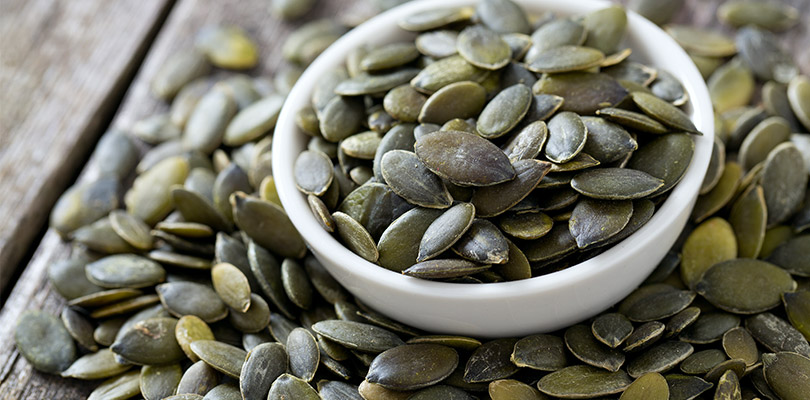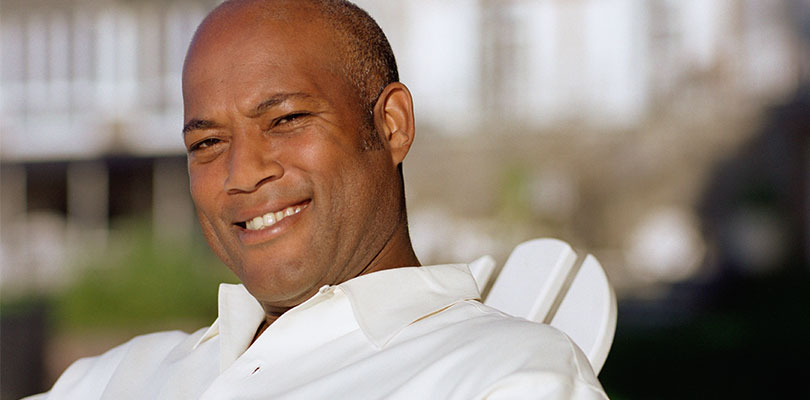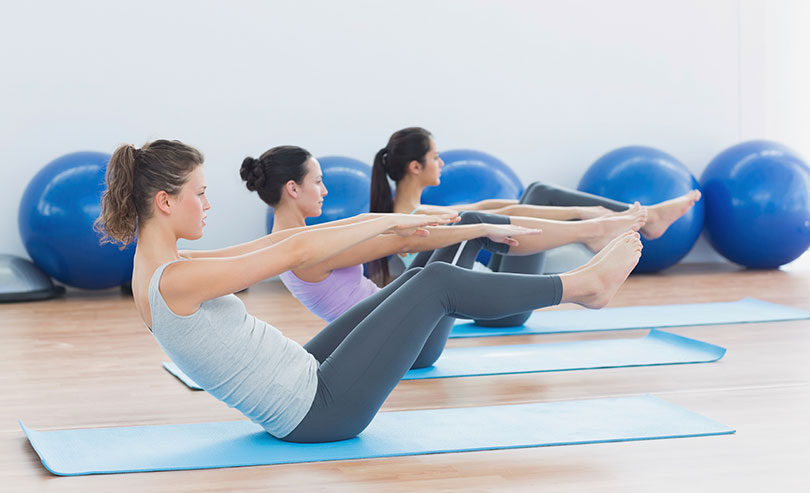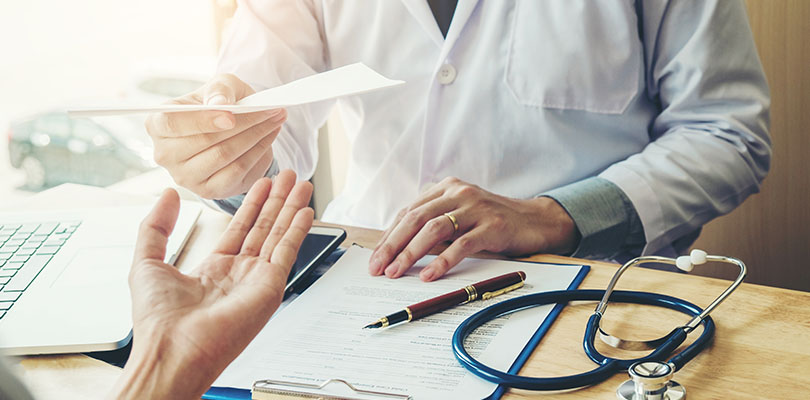Photo Credit: mermaidb / iStockPhoto.com
Tips for Finding the Best OAB Medication for You
Treating OAB usually involves a few approaches. First, you may need to make some lifestyle changes, like dropping bad habits, keeping a symptom journal and creating a bathroom schedule. However, it takes time to retrain your bladder, and even if you notice some improvement, it’s not always possible to overcome all the symptoms on your own.
Adding the right medication to your healthy lifestyle and physical therapy can make a huge difference in your confidence and happiness. Of course, not every medication for OAB is right for every patient.
The best line of treatment for you will depend on your underlying medical conditions, the severity of your OAB, and other health factors unique to your case. Learn how the leading OAB medications could help you overcome your symptoms, and other important info to keep in mind.
Comparing Types of OAB Medication
There are a few different classes of medication that either target the bladder muscle itself, the nerve impulses that control it, or hormones that affect bladder function. Your choice will likely depend on the severity of your symptoms, how well they respond to other treatments, and your age or medical history may also come into play.
Anticholinergics
Anticholinergics are usually the first line of defense for OAB symptoms. They work by blocking a chemical you produce called acetylcholine, which triggers bladder contractions. The less acetylcholine that is available in your body, the fewer involuntary bladder contractions you’ll experience. Anticholinergics can also increase the amount of urine you pass each time you visit the bathroom, and can help decrease the feeling of urgency.
There are several anticholinergics available. The most common include:
- Oxybutynin (Ditropan, Oxytrol, Gelnique)
- Tolterodine (Detrol)
- Trospium (Sanctura)
- Darifenacin (Enablex)
- Solifenacin (Vesicare)
- Fesoterodine (Toviaz)
These drugs can be either short-acting or long-acting, and though they both work to suppress the urge to urinate and leakage, studies have found that certain long-acting or extended-release versions often bring fewer side effects. Each specific medication works to relax the bladder muscle in slightly different ways, however, none of them are suitable for controlling nocturnal incontinence (nocturia).
Beta3-Adrenergic Agonists
Rather than directly relaxing the smooth detrusor muscle, these drugs interfere with specific nerve impulses that control bladder function. The most common is mirabegron (brand name Myrbetriq), which can help increase bladder capacity, reduce the urge to urinate, and decrease the frequency of urination.
Tricyclic Antidepressants
If anticholinergics aren’t working, tricyclic antidepressants (Tofranil or Sinequan) may bring you more relief. These drugs work to relax the large muscle of bladder, but contract the neck to both reduce the urge to urinate and prevent leakage. Since the main side effect is sleepiness, it may be the better choice for nighttime incontinence.
Percutaneous tibial nerve stimulation for overactive bladder has been proven to be an effective treatment option and involves 12 weeks of sessions.
Botulism Toxins
When all else fails, your doctor may prescribe Botox injections to directly paralyze your overactive bladder muscle. It works by blocking certain nerve pulses, which in turn keeps the smooth bladder muscle from contracting. The effect is often quick and remarkable, but it’s also a temporary measure as the injections typically only last for between six and nine months.
Hormones
While not a good option for everyone, hormone therapy can be helpful for women with OAB who do not respond well to other treatments, and can trace their bladder troubles to weakened supportive muscles and tissue around the bladder. Estrogen is the first choice to strengthen the muscles around the bladder, and the synthetic form of the hormone desmopressin can help to control urine production.
Making OAB Medication Work for You
Finding the right medication may take some trial and error, and you will have to consider more than just your OAB symptoms. So, in order to get the most from your treatment, it’s crucial that you:
Find the Underlying Cause
OAB can’t always be traced to a specific source — but then again, sometimes it can. Many people find that their OAB appears around middle age, while others notice it earlier in life. It may follow a traumatic event or major health change, or the symptoms may come on gradually. It’s a mysterious disorder that can keep you guessing, but it’s worth exhausting all the possible causes before you throw in the towel.
Chronic neurological diseases like Parkinson’s or multiple sclerosis may cause OAB symptoms, but there are also more acute (and completely treatable) causes, like a urinary tract infection or bladder stones. You’ll need to discuss your health history, lifestyle and symptoms with your doctor, and take the necessary tests to figure out what’s at the bottom of your bladder issues. The more accurate the diagnosis, the more targeted the treatment can be.
Balance the Side Effects with the Benefits
Like most medications, OAB drugs can bring some side effects, and those may prove more problematic than you had hoped. Dry eyes, dry mouth and constipation are some of the most common side effects, and although they may seem pretty mild, they can be particularly uncomfortable when your bladder is already sensitive to fluid intake so you can’t simply drink more water to get relief.
Not all drugs will adversely affect all patients, but if you’re vulnerable to uncomfortable side effects, you may find that switching from a pill to a medicated skin patch or topical gel is easier on your body. Extended-relief medication can be easier to handle than instant-relief varieties. In most cases, it’s better to stick with the OAB medication, if it’s working for you, and treat the side effects rather than give up on the drug entirely.
Pairing with a Healthy Lifestyle
There’s a lot you can do to help or hurt your OAB, so be sure to get on a healthy, positive track. Make it a priority to reach and maintain a healthy weight, and do your pelvic floor exercises every day to strengthen the band of supportive muscle under your bladder. Know your triggers and try your best to avoid them. The healthier and more active you stay, the less pressure you put on your bladder, and the more effective your medication will be.
OAB medicine can be extremely helpful, but keep in mind that it cannot cure your condition. You may still need to take precautions and live with some discomfort, but you should be able to enjoy your hobbies, be more flexible in your daily schedule, and quit being sidelined by your bladder troubles.
